
Brown Web of Debt The Shocking Truth about our Money System (3rd ed)
.pdf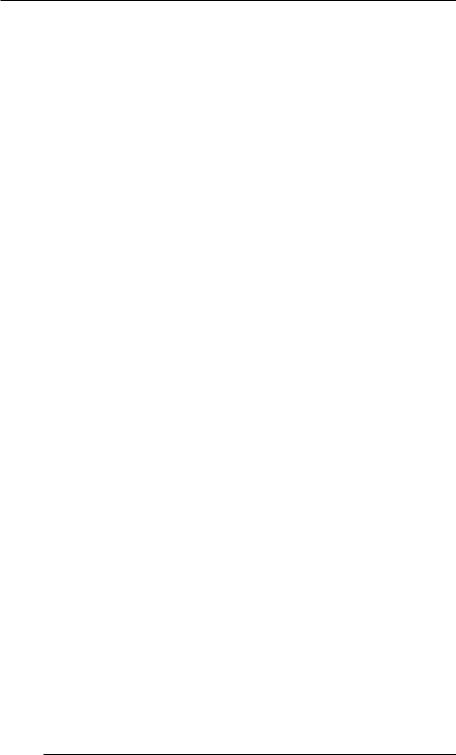
Chapter 1 - Lessons from the Wizard of Oz
controlled the mechanisms of finance in the administration of President William McKinley.10 (Karl Rove, political adviser to President George Bush Jr., reportedly took Hanna for a role model.11)
Frank Baum, the journalist who turned the politics of his day into The Wonderful Wizard of Oz, marched with the Populist Party in support of Bryan in 1896. Baum is said to have had a deep distrust of big-city financiers; but when his dry goods business failed, he bought a Republican newspaper, which had to have a Republican message to retain its readership.12 That may have been why the Populist message was so deeply buried in symbolism in his famous fairytale. Like Lewis Carroll, who began his career writing uninspiring tracts about mathematics and politics and wound up satirizing Victorian society in Alice’s Adventures in Wonderland, Baum was able to suggest in a children’s story what he could not say in his editorials. His book contained many subtle allusions to the political and financial issues of the day. The story’s inspirational message was a product of the times as well. Commentators trace it to the theosophical movement, another popular trend of which Baum was an active member.13 Newlyimported from India, it held that reality is a construct of the mind. What you want is already yours; you need only to believe it, to “realize” it or “make it real.”
Looking at the plot of this familiar fairytale, then, through the lens of the contemporary movements that inspired it . . . .
An Allegory of Money, Politics
and Believing in Yourself
The story begins on a barren Kansas farm, where Dorothy lives with a very sober aunt and uncle who “never laughed” (the 1890s depression that hit the farmers particularly hard). A cyclone comes up, carrying Dorothy and the farmhouse into the magical world of Oz (the American dream that might have been). The house lands on the Wicked Witch of the East (the Wall Street bankers and their man Grover Cleveland), who has kept the Munchkins (the farmers and factory workers) in bondage for many years.
For killing the Wicked Witch, Dorothy is awarded magic silver slippers (the Populist silver solution to the money crisis) by the Good Witch of the North (the North was then a Populist stronghold). In the 1939 film, the silver slippers would be transformed into ruby slippers to show off the cinema’s new technicolor abilities; but the monetary
16
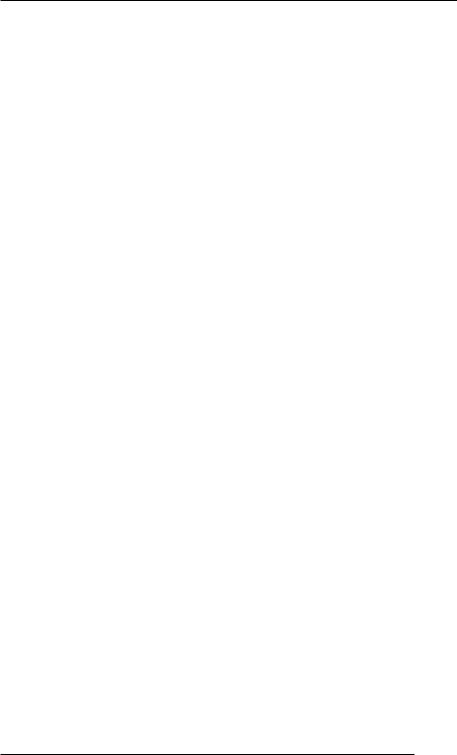
Web of Debt
imagery Baum suggested was lost. The silver shoes had the magic power to solve Dorothy’s dilemma, just as the Silverites thought that expanding the money supply with silver coins would solve the problems facing the farmers.
Dorothy wanted to get back to Kansas but was unaware of the power of the slippers on her feet, so she set out to the Emerald City to seek help from the Wizard of Oz (the apparently all-powerful President, whose strings were actually pulled by financiers concealed behind a curtain).
“The road to the City of Emeralds is paved with yellow brick,” she was told, “so you cannot miss it.” Baum’s contemporary audience, wrote Professor Ziaukas, could not miss it either, as an allusion to the gold standard that was then a hot topic of debate.14 Like the Emerald City and the Great and Powerful Oz himself, the yellow brick road would turn out to be an illusion. In the end, what would carry Dorothy home were silver slippers.
On her journey down the yellow brick road, Dorothy was first joined by the Scarecrow in search of a brain (the naive but intelligent farmer kept in the dark about the government’s financial policies), then by the Tin Woodman in search of a heart (the factory worker frozen by unemployment and dehumanized by mechanization). Littlefield commented:
The Tin Woodman . . . had been put under a spell by the Witch of the East. Once an independent and hard working human being, the Woodman found that each time he swung his axe it chopped off a different part of his body. Knowing no other trade he “worked harder than ever,” for luckily in Oz tinsmiths can repair such things. Soon the Woodman was all tin. In this way Eastern witchcraft dehumanized a simple laborer so that the faster and better he worked the more quickly he became a kind of machine. Here is a Populist view of evil Eastern influences on honest labor which could hardly be more pointed.
The Eastern witchcraft that had caused the Woodman to chop off parts of his own body reflected the dark magic of the Wall Street bankers, whose “gold standard” allowed less money into the system than was collectively owed to the banks, causing the assets of the laboring classes to be systematically devoured by debt.
The fourth petitioner to join the march on Oz was the Lion in search of courage. According to Littlefield, he represented the orator Bryan himself, whose roar was mighty like the king of the forest but
17
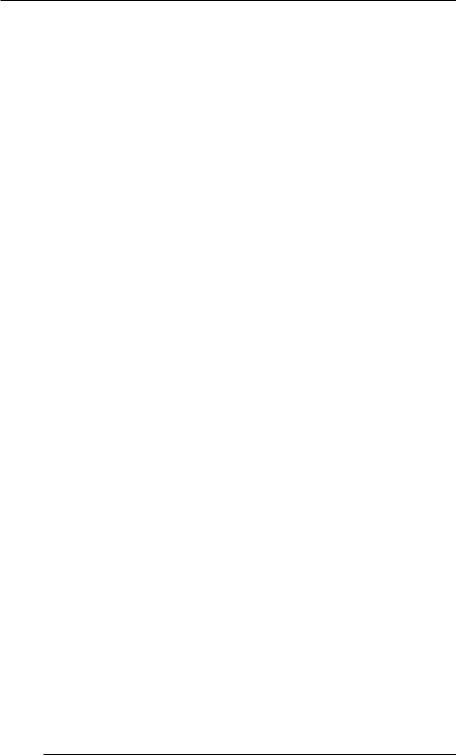
Chapter 1 - Lessons from the Wizard of Oz
who lacked political power. Bryan was branded a coward by his opponents, because he was a pacifist and anti-imperialist at a time of American expansion in Asia. The Lion became entranced and fell asleep in the Witch’s poppy field, suggesting Bryan’s tendency to get side-tracked with issues of American imperialism stemming from the Opium Wars. Since Bryan led the “Populist” or “People’s” Party, the Lion also represented the people, collectively powerful but entranced and unaware of their strength.
In the Emerald City, the people were required to wear green-colored glasses attached by a gold buckle, suggesting green paper money shackled to the gold standard.
To get to her room in the Emerald Palace, Dorothy had to go through 7 passages and up 3 flights of stairs, an allusion to the “Crime of ’73.” The 1873 Act that changed the money system from bimetallism (paper notes backed by both gold and silver) to an exclusive gold standard was proof to all Populists that Congress and the bankers were in collusion.15
Dorothy and her troop presented their requests to the Wizard, who demanded that they first vanquish the Wicked Witch of the West, representing the McKinley/Rockefeller faction in Ohio (then considered a Western state). The financial powers of the day were the Morgan/Wall Street/Cleveland faction in the East (the Wicked Witch of the East) and this Rockefeller-backed contingent from Ohio, the state of McKinley, Hanna, and Rockefeller’s Standard Oil cartel. Hanna was an industrialist who was a high school friend of John D. Rockefeller and had the financial backing of the oil giant.16
Dorothy and her friends learned that the Witch of the West had enslaved the Yellow Winkies and the Winged Monkeys (an allusion to the Chinese immigrants working on the Union-Pacific railroad, the native Americans banished from the northern woods, and the Filipinos denied independence by McKinley). Dorothy destroyed the Witch by melting her with a bucket of water, suggesting the rain that would reverse the drought, as well as the financial liquidity that the Populist solution would bring to the land. As one nineteenth century commentator put it, “Money and debt are as opposite in nature as fire and water; money extinguishes debt as water extinguishes fire.”17
When Dorothy and her troop got lost in the forest, she was told to call the Winged Monkeys by using a Golden Cap she had found in the Witch’s cupboard. When the Winged Monkeys came, their leader explained that they were once a free and happy people; but they were now “three times the slaves of the owner of the Golden Cap, whosoever
18
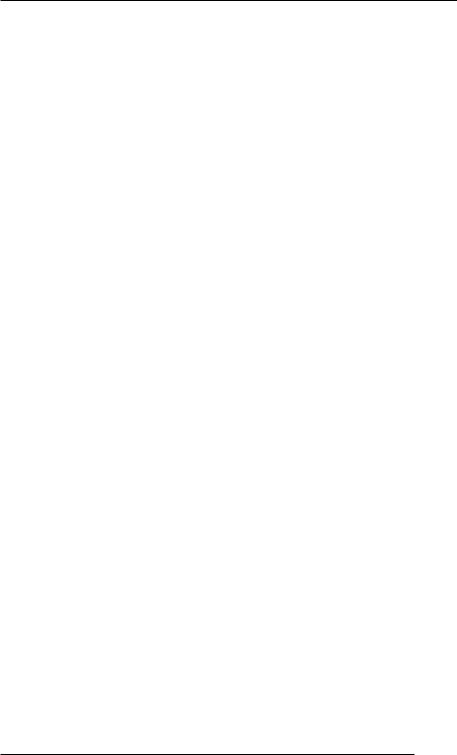
Web of Debt
he may be” (the bankers and their gold standard). When the Golden Cap fell into the hands of the Wicked Witch of the West, the Witch made them enslave the Winkies and drive Oz himself from the Land of the West.
Dorothy used the power of the Cap to have her band of pilgrims flown to the Emerald City, where they discovered that the “Wizard” was only a smoke and mirrors illusion operated by a little man behind a curtain. A dispossessed Nebraska man himself, he admitted to being a “humbug” without real power. “One of my greatest fears was the Witches,” he said, “for while I had no magical powers at all I soon found out that the Witches were really able to do wonderful things.”
If the Wizard and his puppet were Marcus Hanna and William McKinley, who were the Witches they feared? Behind the Wall Street bankers were powerful British financiers, who funded the Confederates in the Civil War and had been trying to divide and conquer America economically for over a century. Patriotic Americans had regarded the British as the enemy ever since the American Revolution. McKinley was a protectionist who favored high tariffs to keep these marauding British free-traders out. When he was assassinated in 1901, no conspiracy was proved; but some suspicious commentators saw the invisible hand of British high finance at work.18
Although the Wizard lacked magical powers, he was a very good psychologist, who showed the petitioners that they had the power to solve their own problems and manifest their own dreams. The Scarecrow just needed a paper diploma to realize that he had a brain. For the Tin Woodman, it was a silk heart; for the Lion, an elixir for courage. The Wizard offered to take Dorothy back to Kansas in the hot air balloon in which he had arrived years earlier, but the balloon took off before she could get on board.
Dorothy and her friends then set out to find Glinda the Good Witch of the South, who they were told could help Dorothy find her way home. On the way they faced various challenges, including a great spider that ate everything in its path and kept everyone unsafe as long as it was alive. The Lion (the Populist leader Bryan) welcomed this chance to test his new-found courage and prove he was indeed the King of Beasts. He decapitated the mighty spider with his paw, just as Bryan would have toppled the banking cartel if he had won the Presidency.
The group finally reached Glinda, who revealed that Dorothy too had the magic tokens she needed all along: the Silver Shoes on her feet would take her home. But first, said Glinda, Dorothy must give up
19
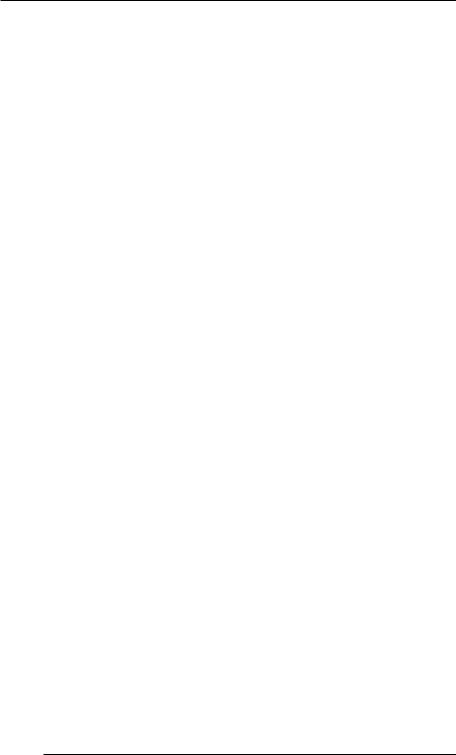
Chapter 1 - Lessons from the Wizard of Oz
the Golden Cap (the bankers’ restrictive gold standard that had enslaved the people).
The moral also worked for the nation itself. The economy was deep in depression, but the country’s farmlands were still fertile and its factories were ready to roll. Its entranced people merely lacked the paper tokens called “money” that would facilitate production and trade. The people had been deluded into a belief in scarcity by defining their wealth in terms of a scarce commodity, gold. The country’s true wealth consisted of its goods and services, its resources and the creativity of its people. Like the Tin Woodman in need of oil, all it needed was a monetary medium that would allow this wealth to flow freely, circulating from the government to the people and back again, without being perpetually siphoned off into the private coffers of the bankers.
Sequel to Oz
The Populists did not achieve their goals, but they did prove that a third party could influence national politics and generate legislation. Although Bryan the Lion failed to stop the bankers, Dorothy’s prototype Jacob Coxey was still on the march. In a plot twist that would be considered contrived if it were fiction, he reappeared on the scene in the 1930s to run against Franklin D. Roosevelt for President, at a time when the “money question” had again become a burning issue. In one five-year period, over 2,000 schemes for monetary reform were advanced. Needless to say, Coxey lost the election; but he claimed that his Greenback proposal was the model for the “New Deal,” Roosevelt’s plan for putting the unemployed to work on government projects to pull the country out of the Depression. The difference was that Coxey’s plan would have been funded with debt-free currency issued by the government, on Lincoln’s Greenback model. Roosevelt funded the New Deal with borrowed money, indebting the country to a banking cartel that was surreptitiously creating the money out of thin air, just as the government itself would have been doing under Coxey’s plan without accruing a crippling debt to the banks.
After World War II, the money question faded into obscurity. Today, writes British economist Michael Rowbotham, “The surest way to ruin a promising career in economics, whether professional or academic, is to venture into the ‘cranks and crackpots’ world of suggestions for reform of the financial system.”19 Yet the claims of
20
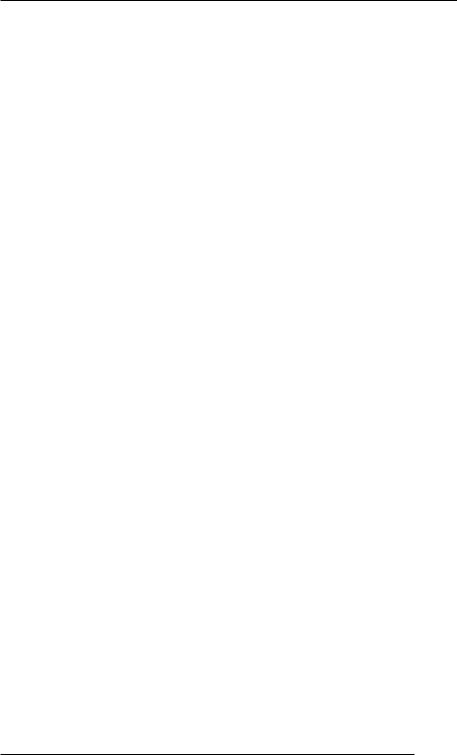
Web of Debt
these cranks and crackpots have consistently proven to be correct. The U.S. debt burden has mushroomed out of control, until just the interest on the federal debt now threatens to be a greater tax burden than the taxpayers can afford. The gold standard precipitated the problem, but unbuckling the dollar from gold did not solve it. Rather, it caused worse financial ills. Expanding the money supply with increasing amounts of “easy” bank credit just put increasing amounts of money in the bankers’ pockets, while consumers sank further into debt. The problem has proven to be something more fundamental: it is in who extends the nation’s credit. As long as the money supply is created as a debt owed back to private banks with interest, the nation’s wealth will continue to be drained off into private vaults, leaving scarcity in its wake.
Today’s monetary allegory goes something like this: the dollar is a national resource that belongs to the people. It was an original invention of the early American colonists, a new form of paper currency backed by the “full faith and credit” of the people. But a private banking cartel has taken over its issuance, turning debt into money and demanding that it be paid back with interest. Taxes and a crushing federal debt have been imposed by a financial ruling class that keeps the people entranced and enslaved. In the happy storybook ending, the power to create money is returned to the people and abundance returns to the land. But before we get there, the Yellow Brick Road takes us through the twists and turns of history and the writings and insights of a wealth of key players. We’re off to see the Wizard . . . .
21
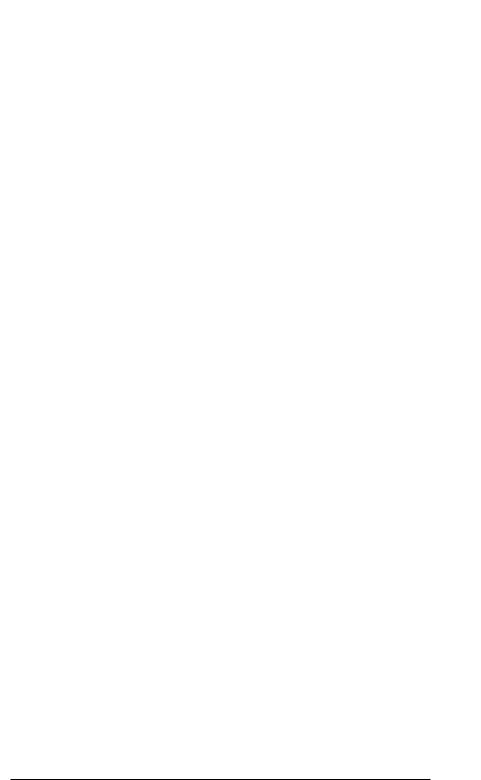
Web of Debt
Chapter 2
BEHIND THE CURTAIN:
THE FEDERAL RESERVE
AND THE FEDERAL DEBT
“Orders are -- nobody can see the Great Oz! Not nobody — not nohow! . . . He’s in conference with himself on account of this trouble with the Witch. And even if he wasn’t you wouldn’t have been able to see him anyway on account of nobody has – not even us in the Palace!”
- The Wizard of Oz (1939 film), “The Guardian of the Gates”
The Federal Reserve did not yet exist when Frank Baum wrote The Wonderful Wizard of Oz, but the book’s image of an all-too-human wizard acting behind a curtain of secrecy has been
a favorite metaphor for the Fed’s illustrious Chairman, who has been called the world’s most powerful banker. Unlike the U.S. President, who must worry about re-election every four years and can serve only two terms, the head of the Fed can be reappointed indefinitely and answers to no one. Alan Greenspan served for more than eighteen years under four Presidents before he retired. In a 2001 article titled “Greenspan: Financial Wizard of Oz,” journalist Paul Sperry wrote of that long-standing Chairman:
You may think that congress – and therefore the people – can control him. But all lawmakers can do is call him to testify periodically . . . . The hearings are an exercise in futility, not accountability, because Greenspan just obfuscates till everyone is bored silly. You may think that the press can pin him down. In fact, we have no access to him. No press conferences or
23
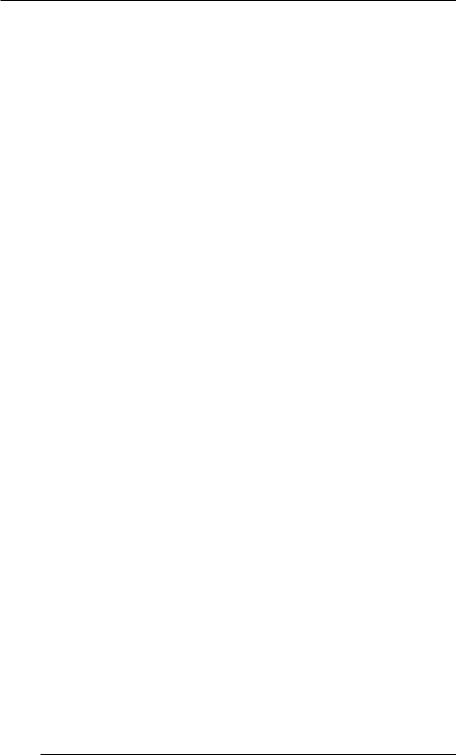
Chapter 2 - Behind the Curtain
interviews are allowed. The high priest is untouchable in his marble temple here on Constitution Avenue.1
Sperry quoted another Fed-watcher, who remarked:
Here’s this guy, projecting this huge brain, and everyone’s in awe of him. But pull back the curtain and there’s just this little man frantically pulling at levers to maintain the image of an intellectual giant.2
Why is it necessary for the Federal Reserve to act behind a curtain of secrecy, independent of congressional oversight and control? Supposedly it is so the Fed can take actions that are in the best interests of the economy although they might be unpopular with voters. But as Wright Patman, Chairman of the House Banking and Currency Committee, pointed out in the 1960s, Congress makes decisions every day that are unpopular, including raising taxes, cutting programs, and increasing expenditures; yet it does so after open debate, in the democratic way. Why can’t the Fed’s Chairman, who doesn’t even have to worry about re-election, lay his cards on the table in the same way? The Wizard of Oz could no doubt have answered that question: the whole money game is sleight of hand, and it depends on deception to work.
A Game of Smoke and Mirrors
Illusion surrounding the Federal Reserve begins with its name. The Federal Reserve is not actually federal, and it keeps no reserves — at least, not in the sense most people think. No gold or silver backs its Federal Reserve notes (our dollar bills). A booklet published by the Federal Reserve Bank of New York states:
Currency cannot be redeemed, or exchanged, for Treasury gold or any other asset used as backing. The question of just what assets “back” Federal Reserve notes has little but bookkeeping significance.3
The Federal Reserve is commonly called the “Fed,” confusing it with the U.S. government; but it is actually a private corporation.4 It is so private that its stock is not even traded on the stock exchange. The government doesn’t own it. You and I can’t own it. It is owned by a consortium of private banks, the biggest of which are Citibank and J. P. Morgan Chase Company. These two mega-banks are the financial cornerstones of the empires built by J. P. Morgan and John
24
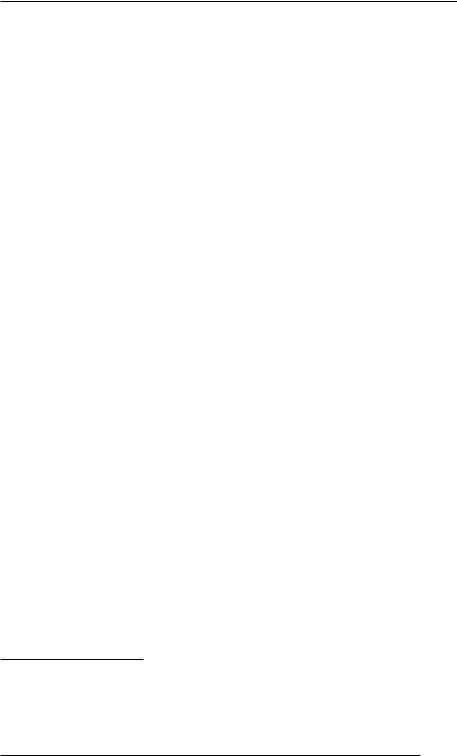
Web of Debt
D. Rockefeller, the “Robber Barons” who orchestrated the Federal Reserve Act in 1913. (More on this in Chapter 13.)
As for keeping “reserves,” Wright Patman decided to see for himself. Having heard that Federal Reserve Banks hold large amounts of cash, he visited two regional Federal Reserve banks, where he was led into vaults and shown great piles of government securities (I.O.U.s representing debt).i When he asked to see their cash, the bank officials seemed confused. He repeated the request, only to be shown some ledgers and bank checks. Patman wrote:
The cash, in truth, does not exist and never has existed. What we call “cash reserves” are simply bookkeeping credits entered upon the ledgers of the Federal Reserve Banks. These credits are created by the Federal Reserve Banks and then passed along through the banking system.5
Where did the Federal Reserve get the money to acquire all the government bonds in its vaults? Patman answered his own rhetorical question:
It doesn’t get money, it creates it. When the Federal Reserve writes a check for a government bond it does exactly what any bank does, it creates money, it created money purely and simply by writing a check. [When] the recipient of the check wants cash, then the Federal Reserve can oblige him by printing the cash — Federal Reserve notes — which the check receiver’s commercial bank can hand over to him. The Federal Reserve, in short, is a total money-making machine.6
Turning Debt into Money
The Federal Reserve is indispensable to the bankers’ money-making machine, but the dollar bills it creates represent only a very small portion of the money supply. Most money today is created neither by the government nor by the Federal Reserve. Rather, it is created by private commercial banks.
The “money supply” is defined as the entire quantity of bills, coins, loans, credit, and other liquid instruments in a country’s economy.
i |
A “security” is a type of transferable interest representing financial value. |
|
The securities composing the federal debt consist of U.S. Treasury bills (or T- bills -- securities which mature in a year or less), Treasury notes (which mature in two to ten years), and Treasury bonds (which mature in ten years or longer).
25
